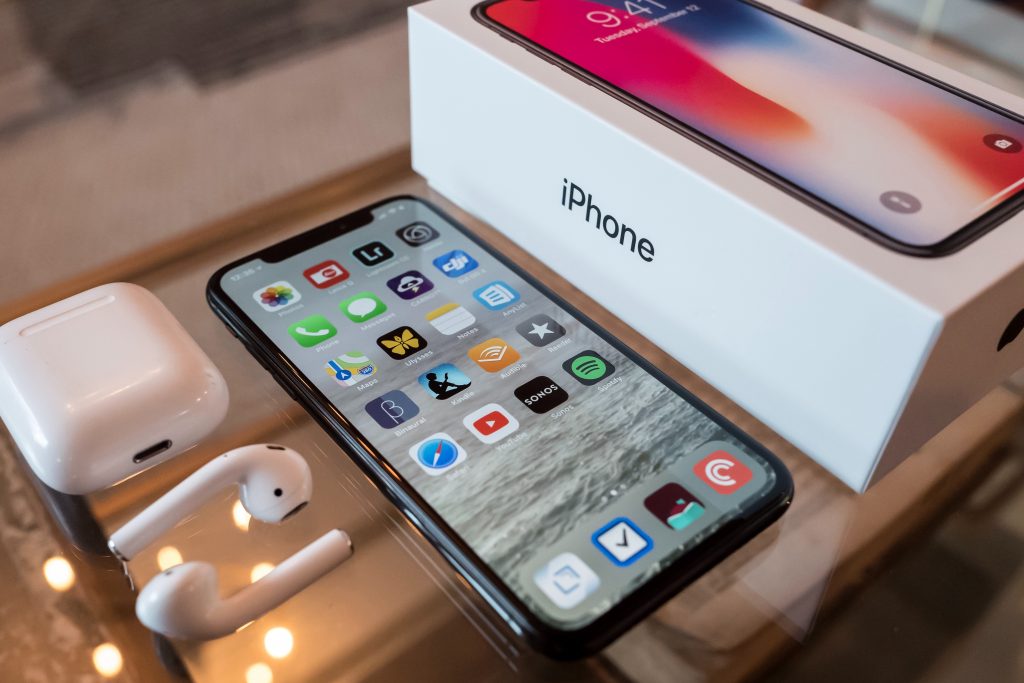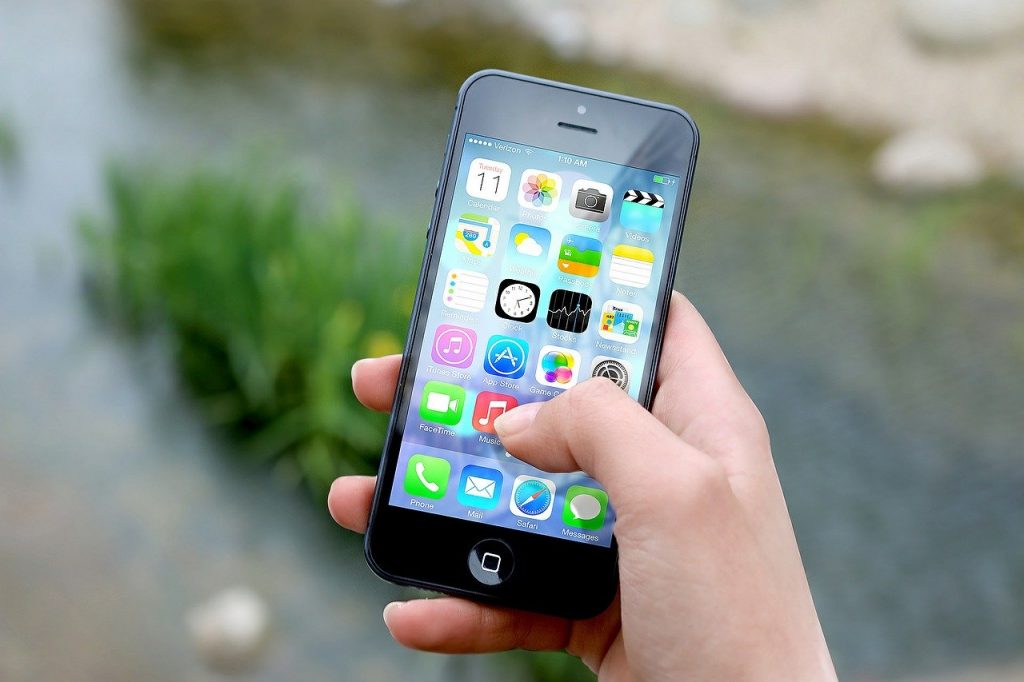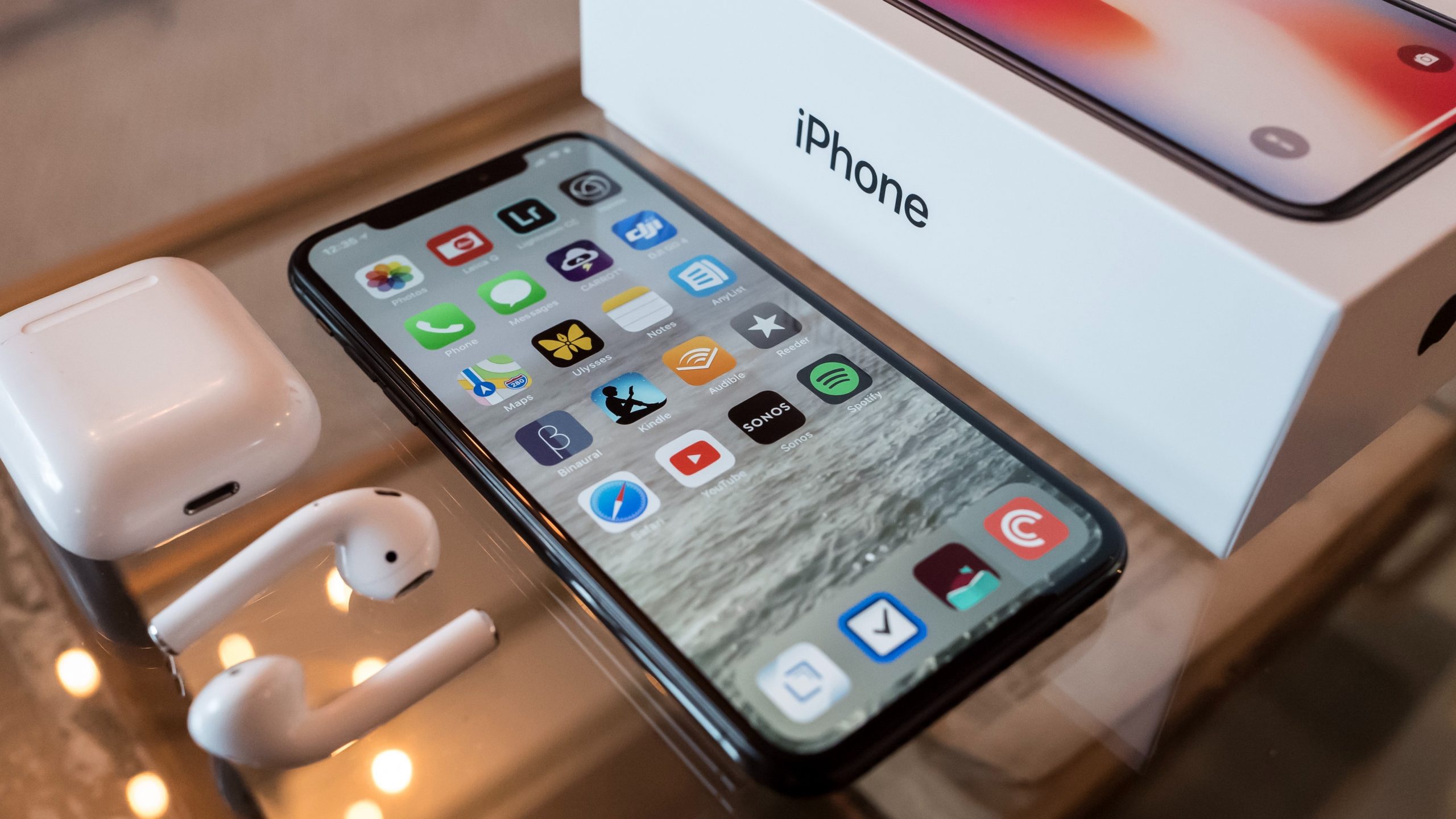Today, the iPhone is one of the devices that have impacted us the most in the past few years. It has come a long way since it was first introduced. One can easily say that it is one of the most sold devices worldwide. When you take a look at how the device has made leaps and bounds in the field of communication technology, you wonder who the people behind it were! Who were the people behind the team that developed and released the first-ever iPhone? Who invented iPhone? What was their inspiration? What were the setbacks they faced? Which company made the iPhone? Which year did the iPhone come out?

Developing and maintaining a device with such high popularity is not an easy job. There has to be a qualified team with a leader capable of manning the show. We shall see the story behind the creation, development, and release of the most iconic device in history – the iPhone. The device was a result of the collective effort of numerous people from different fields. Research breakthroughs and innovations in that period also played a crucial role in the development of the first iPhone. The credit can be attributed to scores of people across various professions – funders, universities, researchers, government, and private companies, etc…
We shall now discuss some of the technologies without which the development of the iPhone would not have been possible.
The World Wide Web
The internet functionality was first added to the iPod in the year 2004. At that time, Steve Jobs was not happy with the feature and called it a ‘shitty experience.’ Eventually, by the time it was added to the iPhone, multiple teams had worked hard to give Apple users a good experience.
A part of the credit should go to the people who invented the internet and the World Wide Web. We all know that the internet is a massive network of connected computers across the globe. Communication and data transmission between any two users are possible today because of this wonderful invention. The origins of the internet lie in the US defense forces. In the year 1965, two MIT researchers – Lawrence Roberts and Thomas Merill managed to connect their systems that were separated by a distance of 3000 miles. They used a simple low-speed dial-up telephone. Shortly after this, ARPANET (Advanced Research Projects Agency Network) was established with the help of funds from the US DARPA (Defence Advanced Research Projects Agency). This was meant for connecting the military’s computers across various regions. Thus, ARPANET is regarded as the starting point that eventually led to the birth of the internet.
After the internet came the World Wide Web (www). Again, this was a breakthrough in technology. Without the www and the internet, it would not have been possible for us to communicate the way we do today. Sir Tim Berners Lee is credited for the invention of the www. Initially, it was not developed for the general public. WWW has its roots in CERN – a scientific research organization in Europe. The researchers at CERN had vast amounts of data that they wanted to share/update. Thus, the www was born. Although it was initially meant for use within CERN, it eventually made its way to the mainstream market.
The rechargeable Lithium battery
The Lithium battery is another ground-breaking invention that supported the development of the iPhone. Since the Lithium battery makes us independent of fossil fuels, this is an important invention. Sometime before the 1970s, it was established that energy could be stored using Lithium. But nobody had found a safe way to implement this. Stanley Whittingham, a British scientist had conducted a research based on the same, with his colleagues at Stanford University. Later, when he started working at ExxonMobil, he developed the first Lithium battery, that could store energy at room temperature.
John Goodenough, an Oxford University professor enhanced the performance of the batteries using metal oxides. In the 1990s, Sony commercialized Lithium batteries for the first time. This invention played a crucial role in the launch of the first iPhone.
The Touch Screen Technology
The touch screen was the most remarkable feature of the iPhone. The seed for this technology was sowed way back in the 1960s. Arthur Johnson, who was a British radar engineer working for the government, published the findings of his research. This piece is popular and cited in many research papers even today. Although it was Johnson who set the ball rolling, the credit must go to Apple for harnessing the potential of the various researches and bringing the feature to the common man.
We can understand from the above stories that a great product cannot be made by a single scientist or even a group of researchers. It is the result of a combination of breakthroughs in technology, decades of research, funding from generous companies, and the collective efforts of numerous research teams – each full of motivated individuals. Thus, the foundation for any product lies in the amount of time spent researching, trying, failing, and not giving up until the desired product is built.
Who invented iPhone?
If you are looking for a short answer to the question ‘Who invented iPhone?’- There is none. The recruitment for the team behind this iconic device happened secretly. The recruits were not given any details – what project they would be working on? Who would they be working under? They knew nothing. The only thing they were told was – this would be the hardest they had ever worked and that they were working on something big.

Steve Jobs, the man who headed the project, wanted to keep the mission a complete secret. Only those who agreed to work with the team were taken in immediately. They worked in silence. They were forbidden from giving out any details regarding the secret project, even if they quit their jobs. If you look at the way Steve Jobs dealt with the project, it is not surprising that the iPhone wrecked a couple of marriages! Some people from the team later admitted that their working on the iPhone was the reason for their divorce! Being in a super-competitive team with impossible deadlines was pressure indeed!
The project was being carried out discreetly. An entire floor in Cupertino was locked down. Cameras and multiple badge readers were installed for security. There was even a sign that read ‘Fight Club.’ This was with reference to the popular movie of the same name where nobody talks about the fight club, just like the purple project!
The teams had some of the best tech people. Some of the prominent figures were Henri Lamiraux – a director of software engineering, Richard Williamson – a director of software and Andre Boule – an engineer. The team consisted of some of the best budding programmers, managers, and veteran designers. In an exhilarating attempt to build the best device, nights, weekends, and personal lives were forgotten. Quite interestingly, the device that was so easy to use was one of the hardest to build.
The process
Although the project officially began somewhere around 2004-05, talks about phone-related projects had taken place in the mid-2000s. This turning into reality was due to the ambitiousness of the team and the company. Apple had already made its mark with 2 popular devices – the Mac and the iPod. It was now aiming to make a third device that would stand out! With the popularity of the Mac and the iPod, people would now have expectations. Apart from developing the phone, there was the burden of living up to the name.
There were a bunch of smartphones that existed at that time – Nokia, Blackberry, Motorola…But all of them had a physical keyboard. Since the buttons were always there whether you needed them or not, they were taking up valuable space. Apple wanted to go all screen and even ditched the home button (one of the unique features that are associated with iPhones).
So, while it seems like it had everything, it did lack in some aspects. What did it lack? The iPhone did not have GPS. It did not support faster data speeds. It also did not support SD cards. The battery could not be removed or replaced by the user. It also lacked support for third-party apps, did not have an exposed file system or advanced text editing options. Finally, it did not support MMS. On top of all this was the price. The first-generation iPhone was priced at $499 (4GB) and $599 (8GB). At this price, would the iPhone be able to penetrate the mainstream market?
Despite its shortcomings, the first iPhone is considered a remarkable invention because it laid the foundation for the way our phones work today. Every feature that is common place today, looked like it was straight out of a sci-fi movie back then. Yet, the team made these features a reality – virtual keyboard, pinch to zoom, inertial scrolling, and rubber banding, seamlessly shifting between music, a call, the web, etc… Several sensors were used to give the user a good experience – for instance, the accelerometer rotated the screen to match the phone orientation, if the device was too close to the face, the proximity sensor would turn off the device and the brightness would be automatically adjusted by the ambient light sensor.
Bringing all of it together
The most remarkable feature of the first iPhone was the touchscreen. To implement this technology, Apple acquired Fingerworks along with their patents. The next decision was to select the material for the iPhone. The previous devices from Apple – the iMac and the iPod nano were made of aluminum. Had he wanted to use the same material, Jobs had a plant in China to start manufacturing. But for the iPhone, Steve Jobs wanted to use a material that looked more appealing. After discussions regarding the same, glass was finalized. Jobs wanted the iPhone to be made of glass.
Glass is also representative of Apple stores. It stood for transparency. Apple stores had large windowpanes and glass staircases. This way, their products were out in the open, for their customers to see.
To finalize the glass for the phone, Steve Jobs contacted Wendell Weeks, the CEO of Corning Glass. Corning was not your regular glass manufacturer. They had been in the business for a long time. Corning Glass had always worked with top scientists and researchers since 1851! The bulb-shaped glass encasement for Edison’s lamp was Corning’s innovation. Being one of the oldest and most experienced glass companies in the United States.
Corning had made one of the strongest varieties of glass – the gorilla glass. However, this variety did not have much market value. By the time Jobs contacted Corning, none of its plants were manufacturing Gorilla glass. But Jobs was certain that this is the kind he was going to use for the iPhone. He gave Weeks 6 months to make as many pieces as possible. After Apple used this glass, Corning almost got into a new line of business. The value of the gorilla glass shot up. Corning started making the glass for other mobile phone companies as well.
Steve Jobs was a person who paid attention to every detail in his work. Thus, he rejected a couple of designs for the iPhone before the design team finally arrived at a simple and delicate design. Many a time, the team would work for months on a particular design, only for it to be rejected later due to various issues.
Launch and release
The magnitude of the launch had to reflect the incredibility of the device. At Macworld in San Francisco, Steve Jobs introduced the iPhone. Macworld is a large-scale event where all Apple products are launched. A Macworld event is usually attended by highly influential guests. The iPhone launch in January 2007 was witnessed by some high-profile guests such as Andy Hertzfeld, Bill Atkinson, Steve Wozniak. Hertzfeld was a highly regarded computer scientist and inventor. He was a part of the team that developed the Apple Macintosh in the 1980s. Atkinson was with Apple for a little over a decade. Wozniak, one of the Jobs’ close friends, was the co-founder of Apple.
This was a huge moment for Jobs and Apple Inc. This was almost the culminating point of their journey if the past two and a half years. It was now going to be thrown open to the public.
Jobs and his team carried out the whole project so secret that it was called the Purple Experience Project.Jobs got in touch with John Huey, the editor of TIME Inc for a special sneak preview of the iPhone. The preview by Lev Grossman, however, did not make Jobs happy. Grossman wrote that the iPhone did not really invent many features but only made pre-existing features more usable.
Five months later, in June 2007, Apple started the sale of the iPhone. Looking back, one can say that the product had excited the masses. Everywhere across the United States, there were super long queues. People waited day and night, braved the climate to get their hands on the product. Capitalizing on this, Apple announced that each customer could buy at most two devices. AT&T was selling only a single handset per customer.
Upon release, it enjoyed a popular status. Some reviews said that the phone was flawed and could not perform activities that most phones of that period could. However, it was undeniable that, with the iPhone, Apple Inc had introduced something revolutionary! It was indeed a breakthrough model of a handheld computer. At that time, little did people know that it would take almost 6-7 years for companies to catch up with this model.
The operating system on the first iPhone was called OS1. It did not have the App Store and supported only Apple’s native apps. In 2007 alone, 1.9 million iPhones were sold. As time passed, Apple improved the features, released new versions of iOS. By the end of 2010, Apple had sold a whopping 90 million iPhones! Apple is known for keeping the privacy and safety features as its top priority. This could be the primary reason for establishing trust with the customers.
End for support
We have seen how creative and ambitious the people at Apple are. A year after the launch of the first iPhone, its successor – the iPhone 3G was launched. This phone corrected the flaws of the previous one. It now supported third-party apps. Finally, in June of 2013, the original iPhone was declared obsolete.
Conclusion
It took almost 6-7 years for Apple’s competitors to build quality smartphones and catch up with the iPhone. Today, we see that almost all phones have a touchscreen, are made of gorilla glass. Some companies have also tried to replicate the home button feature of the iPhone. There may be several quality options for the customer today, but we can never forget that it was Apple Inc, Steve Jobs, and the members of the Purple Experience Project who set the ball rolling.
